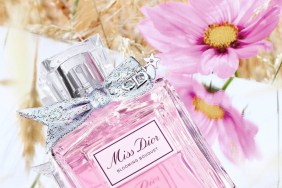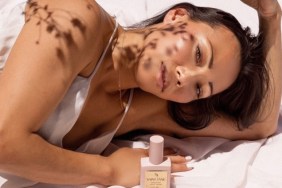Deciphering the ingredient list on most beauty products is tough. We can barely pronounce some of them, let alone figure out what they are, where they came from and how they affect a product’s performance. Sure, there are standard warning labels for ingredients that can cause irritation or an allergic reaction, but we were shocked to find out that some are considered trade secrets and are allowed to be kept off the label or simply called “other ingredients.” Beyond that, there are some weird and borderline gross ingredients that are quite popular — here are just a few.
Ambergris
We couldn’t believe it when Drew Barrymore began to gush about the popular fragrance note — aka whale vomit — which is used in some of the chicest scents. While there is a synthetic alternative available to perfumers, some popular brands still use the real deal.
Placenta
Placental protein extracts are said to have benefits that provide stronger, more conditioned hair. The FDA-approved ingredient is derived from sheep and pigs.
Snail Slime
If you think about it, this sort of makes sense. There are small traces of snail ooze — technically known as Knu — in topical face creams that help increase skin’s softness or provide smoother skin.
Beetles
You may have seen an ingredient by the name of carmine on the box of your favorite red lipstick or blush. Carmine is another word for cochineal extract that comes from Cochineal beetles when they are boiled and dried out to provide the red dye for cosmetics.
Chicken Bone Marrow
The technical term for the ingredient found in chicken bone marrow is glucosamine — the anti-inflammatory ingredient is used in moisturizers and face creams.
Wool Wax
Sheep wool produces lanolin, which is an oil and natural water repellent — perfect for use in products that cure chapped lips and give moisture to relieve dryness.
Rust
In the name of the color pink, some companies use rust to add the pale tint to lotions or creams. It’s also known as ferrous oxide, pigment red 101 or pigment brown 6.
Fish Scales
Guanine gives nail polishes and some lipsticks their iridescent effect, and comes from ground-up fish scales.
Urea
Formerly extracted from horse urine, urea serves as a moisture-retaining humectant and shelf-life preserver in many beauty products. The now-synthetic (phew!) and safe ingredient is also known as diazolidinyl urea, carbamide and imidazolidinyl urea.








